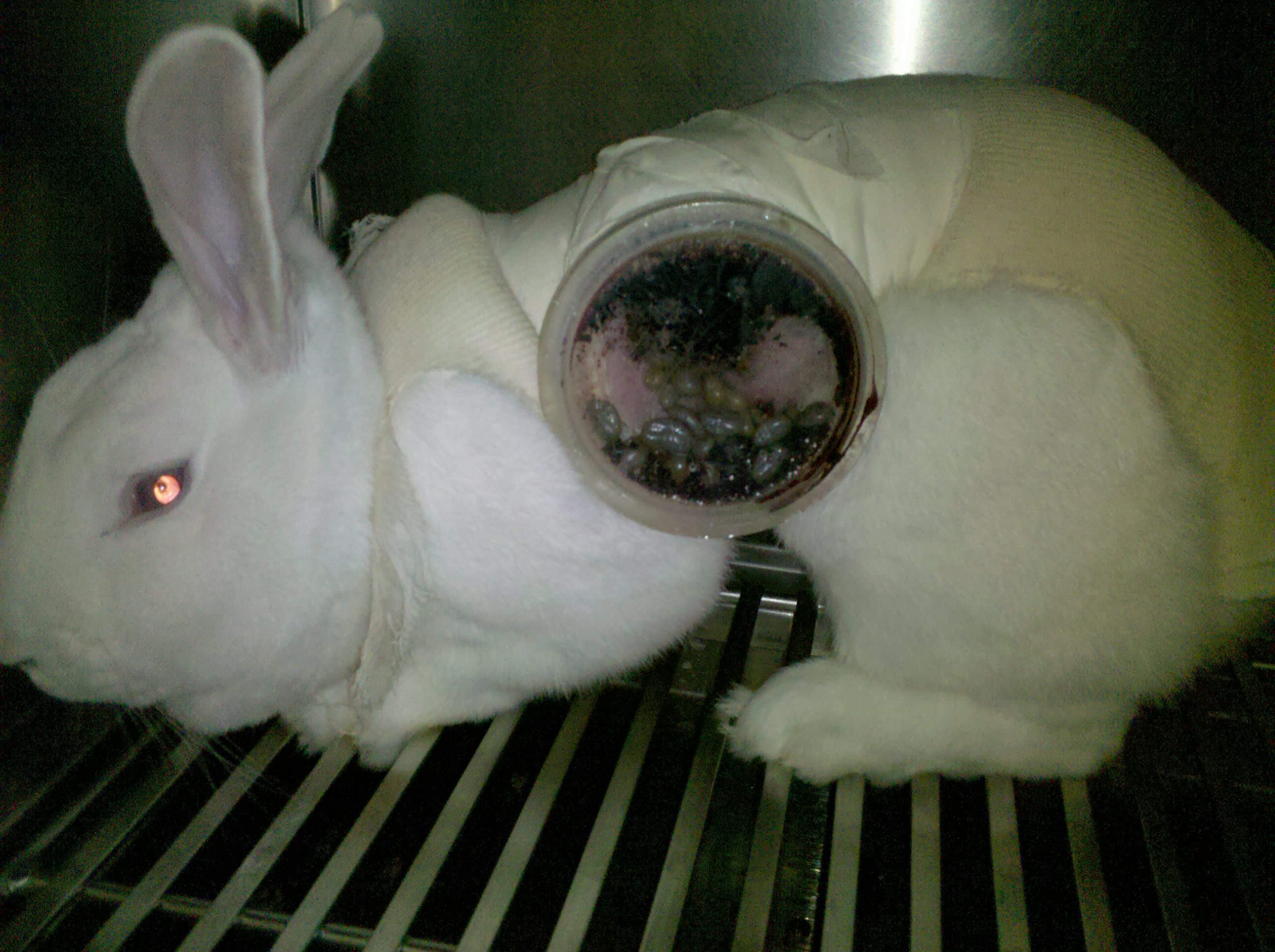Emily Yang (10) | STAFF REPORTER
Imagine you’ve been captured in an insane asylum. You attempt to break out of your confines when suddenly, a large looming figure grabs you, strips you naked and starts stabbing needles into your eyes. Pretty scary, right?
Everyday, over 200,000 cases like this are occurring globally – not to humans, but to animals. Over half a million animals each year are inhumanely tested on and die in laboratories with procedures including but not limited to brain injections, toxicity testing, deliberately injecting diseases such as HIV or malaria models into bloodstreams, etc.
Popular industries, such as cosmetics, have accounted for nearly 100 million instances of animal testing that occurred on an annual basis. One single stroke of mascara applied to one’s face could have been the product of hundreds or even thousands of failed animal testing cases and deaths. Testing a single cosmetic ingredient at the cost of an unproportionate death toll have also been common. An example is the Draize test, used to assess a product’s potential to cause eye irritation: over 1000 rabbits are chosen due to their lack of tear ducts, making them unable to wash away the injected substances and the discharge that develop in their eyes.
In recent years, however, a gradual shift away from animal testing has been observed. The European Union and over 40 countries have banned the use of animal testing in cosmetic related industries, with Canada having banned this practice only recently in 2023.
Innovative technologies, such as computer simulations, 3D skin models and human cell cultures have all furthered and promoted an industrial shift, especially in cosmetics, away from animal testing – however, this issue still remains prominent in nearly all other industries.
Animal testing in biomedical, pharmaceutical and academic research is still widespread and legally permitted. Disease modelling, which involves the injection of drugs and fatal diseases into an animal’s bloodstream, as well as drug development are still practiced globally and add significantly to the rising death toll of animal testing.


